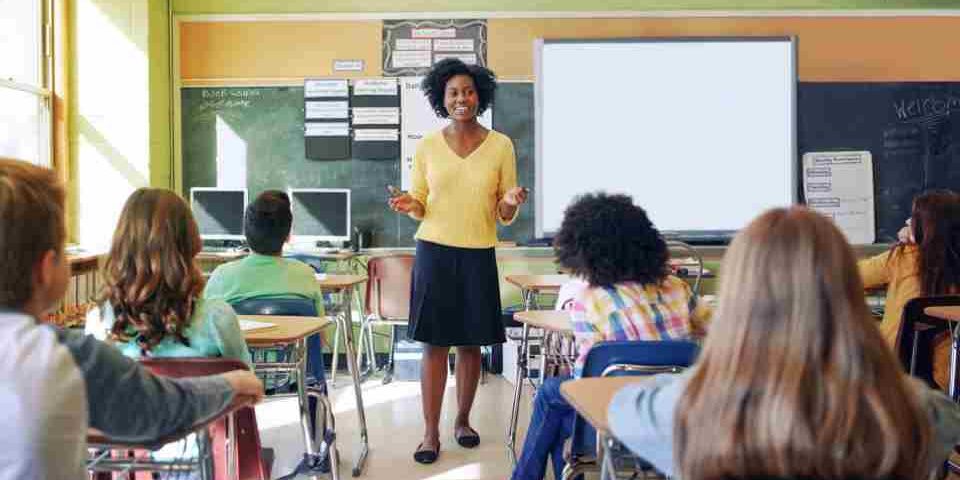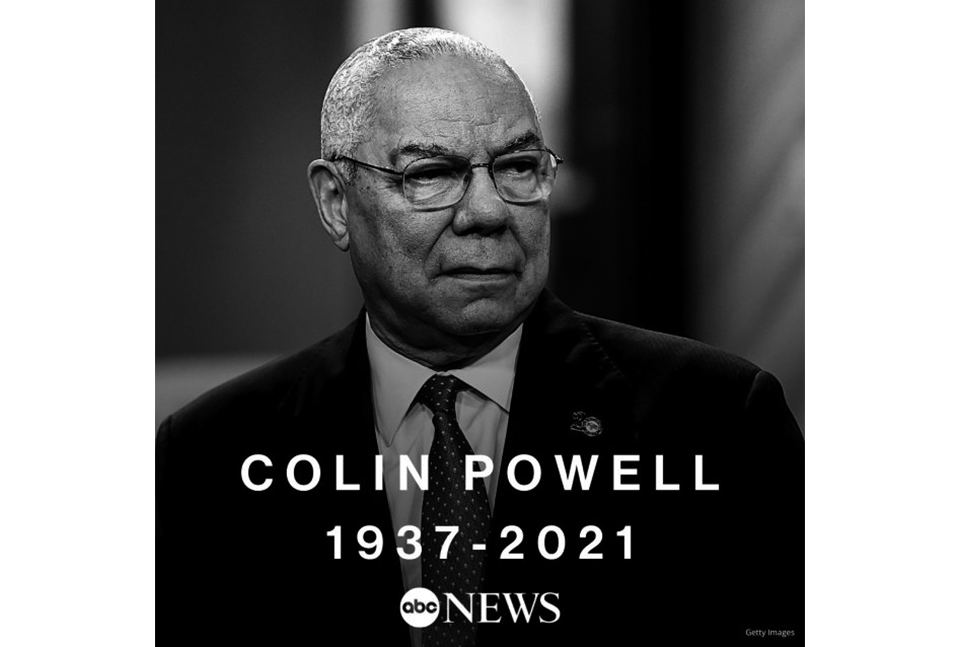- 如有疑问,请联系电邮
- customer@ihealth66.com
USNEWS:学校的心理健康教育对学生有何益处?

中国甲状腺癌诊疗规范(2018年版)(9)
2019年3月4日
USNEWS:老年人应该对视力丧失的问题有所了解
2019年3月5日By David Levine
在过去的四五年中,印第安纳州费舍斯市汉密尔顿东南学区的教师和管理人员注意到了他们学生的一些不同之处。印第安纳波利斯郊区的孩子们似乎更加焦虑。焦虑有几种形式:竞争、害怕失败、社交焦虑和缺乏自信。更多的孩子不愿上学。
为什么会这样?学校官员认为,这可能是社交媒体的日益流行,以及“受欢迎”的愿望,是为了获得好成绩、参加课外活动和建立大学简历的压力不断上升;当然,还有学校枪击事件的增多。学校枪击事件把每个人都吓坏了,”汉密尔顿东南小学校长丹妮尔·查斯顿说。她说,所有这些焦虑,“成为他们学习和快乐的障碍。”
Chastain想直接解决这个问题。“我们试图找到一些策略来帮助那些学生应付和平静他们的思想,”她说。因此,她和她的同事Kim Day,在RealCurk中间学校的助理校长,与一个志同道合的捐助者联系在学区基金会,他同意为33位教师、管理人员、顾问和其他工作人员提供学费,报名“关注力学校”的在线课程,学习关注力的基础知识并在学生中实施实践。去年,由五年级和六年级组成的两所中学,河滨中学和瀑布溪中学,在他们的学校生活中加入了这些关注力练习。
学校的工作人员学习了关注力的基本原理,这样他们就可以实践他们打算宣讲的内容,然后参加了关注力教学课程。”我们的目标是找到一些策略来帮助我们的孩子提高注意力,减少压力,增加同情心和同情心。他们决定在上午的通知中加入一分钟的关注力训练,这样不仅1000名左右的学生,而且全体员工都能体验到这个练习。
OVER THE PAST FOUR OR five years, teachers and administrators at the Hamilton Southeastern School District in Fishers, Indiana, noticed something different about their students. The kids in this large Indianapolis suburb seemed to be much more anxious. The anxiety took several forms: competitiveness, fear of failure, social anxiety and lack of self-confidence. And more kids were reluctant to come to school.
Why was this happening? School officials thought it could be the increasing prevalence of social media and the desire to be “liked,” the escalating pressures to get good grades, participate in extracurricular activities and build a resume for college and, of course, the rise of school shootings. “School shootings scare the daylights out of everyone,” says Danielle Chastain, the principal at Hamilton Southeastern Elementary School. All this anxiety, she says, “becomes a barrier to their learning and their joy.”
Chastain wanted to address the issue head on. “We tried to find strategies to help those students cope and quiet their mind,” she says. So she and her colleague Kim Day, assistant principal at Fall Creek Intermediate School, connected with a like-minded donor at the school district’s foundation, who agreed to fund the tuition for 33 teachers, administrators, counselors and other staff to take online courses from Mindful Schools, which taught them the basics of mindfulness and how to implement the practice among students. Last year, two middle schools comprising fifth and sixth grades, Riverside Intermediate and Fall Creek Intermediate, added these mindfulness practices to their school days.
School staff learned mindfulness fundamentals for themselves so they could practice what they intended to preach, then took a course on teaching mindfulness. “The goal was to find strategies to help our kiddos improve attention, reduce stress [and] increase empathy and compassion,” Chastain says. They decided to include a minute of mindfulness during the morning announcements so that not only the 1,000 or so students, but also the entire staff could experience the exercise.
The first day of school everyone was taught what mindfulness was and how and when to use it. They were taught how to create anchoring breathing patterns, what mindful listening and mindful thinking meant and how to recognize emotions like empathy. Then, right after the Pledge of Allegiance, there was a silent moment they called a “mindful sit.” They even used a Zen-like singing bowl to end the minute. “We explained that this would teach them that, when an experience happens, pause and have a thoughtful response instead of a reaction,” Chastain says.
The school nurse noticed the affects first: a significant decrease in kids with stomach aches. “She said, ‘I can’t believe the difference,'” Chastain says. Teachers noticed less conflict among the kids, especially after recess, when transitions are hard for preteens. “They would come in and take a mindful moment,” Chastain says. Many of the kids even taught the practice to their families. “The kiddos really enjoyed it, and they seemed less anxious” by the end of the year, she says. The program was so successful, it is being rolled out to elementary and middle schools this year, and Chastain hopes eventually to take it districtwide.
Teaching ‘Something Valuable’ to Students
“We spend so much time on academics and athletics, and we don’t focus on the mind like we need to,” Chastain says. Many school administrators around the nation agree. In fact, two states, New York and Virginia, have recently passed laws to mandate mental health instruction in their curricula. The New York law, which was passed in 2016, is being implemented this school year.
The law itself is somewhat vague, requiring only that mental health be taught in some way. “We purposely didn’t advocate for a curriculum,” says Glenn Liebman, CEO of the Mental Health Association in New York State, which helped lead the battle to enact the legislation. “It will be based a lot on geography. The needs are different in the Bronx than in an upstate rural community.” Each district is in charge of its own curriculum, and MHANYS is working as consultants to help schools. “We are not education experts. We are mental health experts,” he says. “We know what works, and schools can use our resources and knowledge to teach something valuable to their students.”
The push in New York, like in Indiana, is based on a noticeable increase in the number of young people with anxiety and depression, he says. “Also, there is a known 10-year gap between the age of onset of symptoms until people seek services,” he says. “A lot of that has to do with stigma and lack of education. There is a lot of bad information out there. If there is a school shooting, we jump to demonize mental illness, when that is not the case at all. We need to change the mindset of the people most impacted by this: young people.”
‘Too Important Not to Be Taught’
According to a 2011 study in the journal American Psychologist titled Mental Health Literacy: Empowering the Community to Take Action for Better Mental Health, author Anthony F. Jorm writes, “Schools, colleges, and universities are well placed as settings for improving mental health literacy because of the high-risk age groups they serve and their educational mission.” He notes three small studies that found that teaching high school students about mental health improved their attitudes toward treatment, increased willingness to seek help from a counselor and boosted their overall mental health literacy.
And that’s the main goal of movements like these. “We are not teaching psych 101 from college,” Liebman says. “We want to get to the public health features.” He says that passing a law like this wasn’t easy: “The words unfunded mandate are the two worst words in the English language from a legislature perspective.” And groups normally opposed to government intervention, like teachers’ unions and school boards, didn’t overtly support the law either. But these stakeholders have since become allies, he says. “They recognize how prevalent mental health issues are and want to meld together education folks and mental health folks,” Liebman says. “There is a greater understanding that mental health was too important not to be taught or discussed.”





